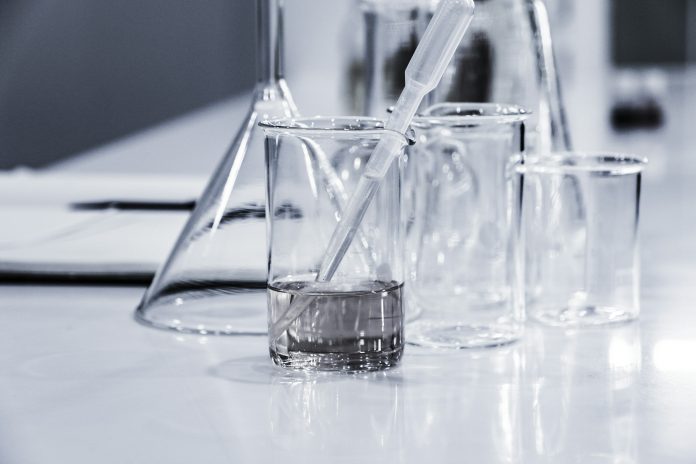Environmental and Pharmaceutical Standards Drive Transformative Growth in Chromatography
Chromatography Advancements Driving Market Growth and Innovation
Chromatography instruments and modular test equipment are revolutionizing scientific analysis and industrial testing by enabling precise separation and analysis of complex mixtures. These technologies are essential for ensuring pharmaceutical purity, food safety, and environmental compliance, while also improving lab efficiency and return on investment (ROI).
In 2023, the global chromatography market achieved $5.11 billion in revenue, driven by advancements in gas, liquid, and ion chromatography. As the demand for chromatography grows, particularly in pharmaceuticals and food and beverage quality control, the market is projected to expand to $6.60 billion by 2028. Currently, the top four companies dominate 64.3% of the market, with moderate technical progress.
Innovation Drivers: Automation, 3D Printing, and AI
Shruti Bapusaheb Yewale, Growth Expert at Frost & Sullivan, highlights the surge in automated gas chromatography (GC) systems as a major growth driver. Expected to grow between $100 and $500 million over the next five years, these systems are enhancing quality control by optimizing workflows and reducing costs. Yewale advises companies to invest in research, development, and customer education to leverage these advancements.
3D printing is also transforming the industry by enabling the cost-effective and precise production of chromatography columns. This technology allows for customization to meet specific analytical needs, presenting substantial growth opportunities. Companies focusing on improving print resolution and column durability will likely lead this emerging market.
The integration of AI and machine learning into chromatography software is advancing predictive accuracy and operational efficiency. AI-driven models are improving analysis precision and decision-making speed. Success in this area hinges on collaboration with end-users to develop comprehensive data sets, giving companies a competitive edge in next-generation chromatography solutions.
Emerging Trends: PAT Integration and Hydrogen Adoption
The chromatography industry is seeing significant trends, including increased demand for Process Analytical Technology (PAT)-integrated instruments and online liquid chromatography (LC) systems for quality control throughout production. Additionally, gas chromatography (GC) is shifting from helium to hydrogen as the preferred carrier gas, driven by advancements in GC technologies and safety measures.



 Bitcoin
Bitcoin  Ethereum
Ethereum  Tether
Tether  XRP
XRP  Solana
Solana  USDC
USDC  TRON
TRON  Lido Staked Ether
Lido Staked Ether  Cardano
Cardano  Avalanche
Avalanche  Toncoin
Toncoin